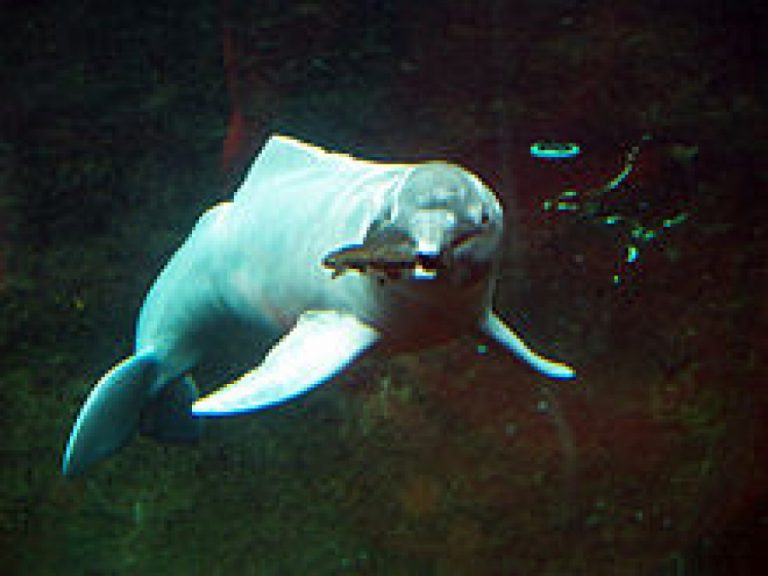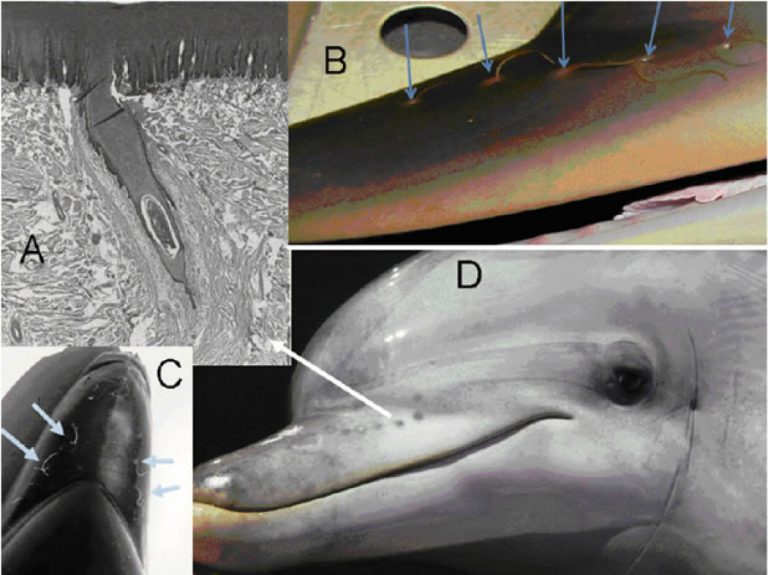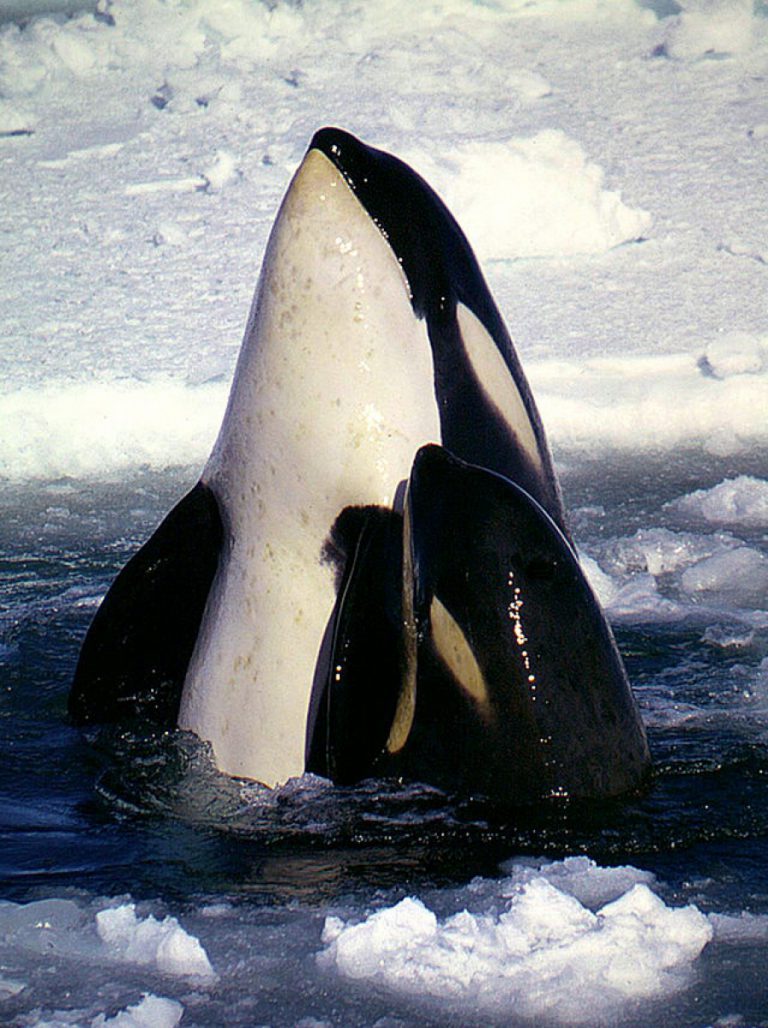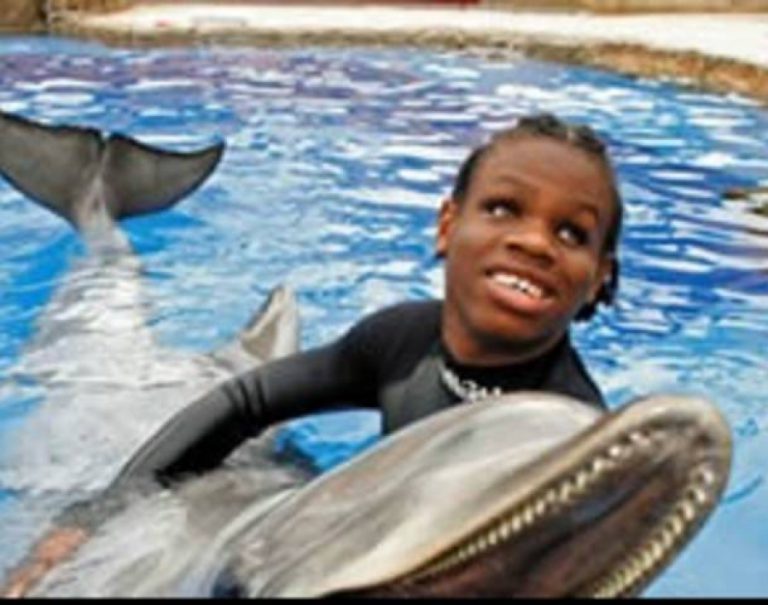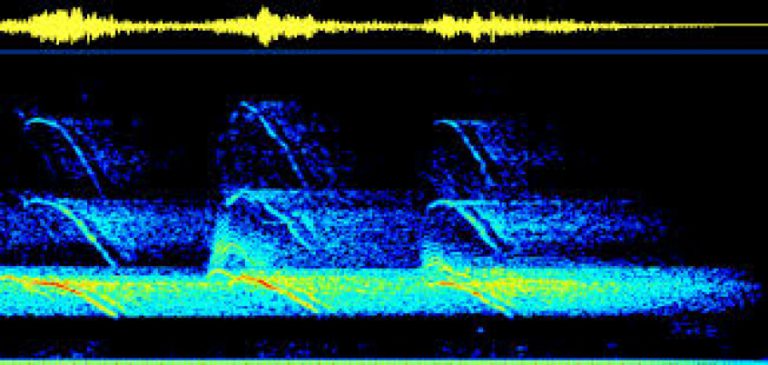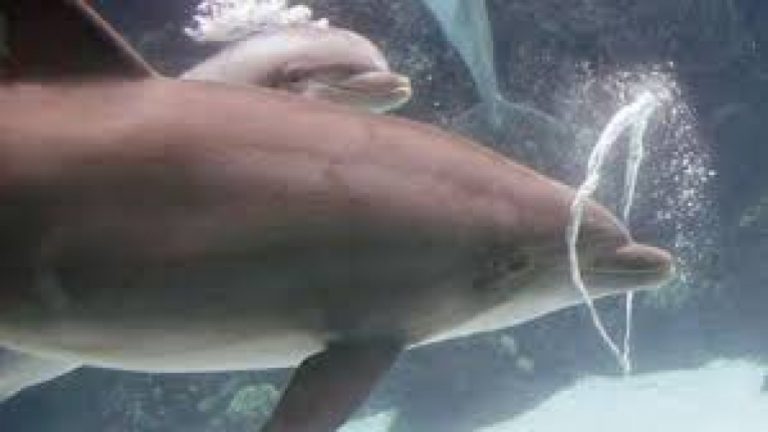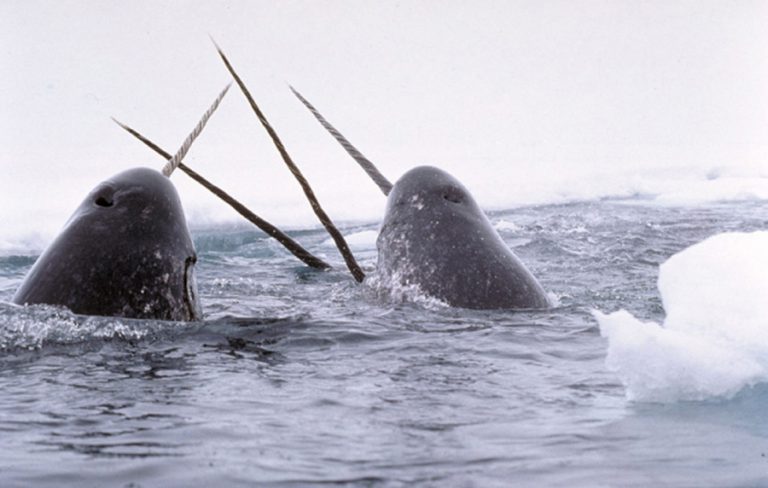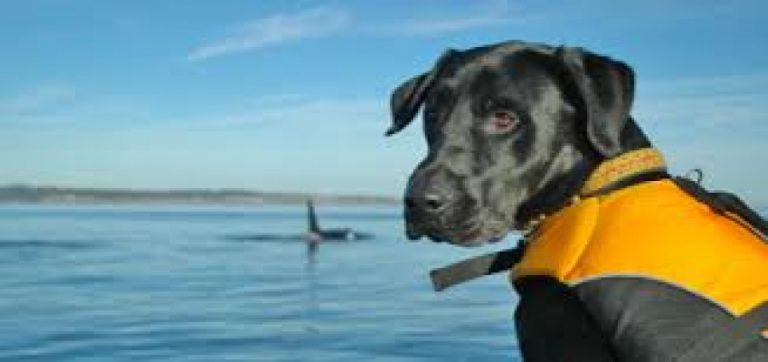Join hosts Dr. Justin Gregg and Laura Teasdale as they talk with scientists and experts about everyone’s favorite marine mammal: the dolphin. With a sprinkling of comedy to season the science, The Dolphin Pod is an enlightening and entertaining deep dive into the world of dolphin science. The Dolphin Pod is family-friendly, teen-approved podcast fun! After a 10 year hiatus (so Justin could be a stay-at-home dad), The Dolphin Pod returned with new episodes in 2019. If you love The Dolphin Pod, please consider becoming a DCP member, making a donation to DCP, or contacting us to sponsor an episode. A big thank you to those who supported our 2018/2019 fundraising campaign and to the Holly Jolly Foundation for their support of 2022/2023 episodes.
Amazon River Dolphin, Dolphin Color, Dolphin News (Episode 4)
In this week’s episode, we will discuss how you can help conserve dolphin species, review breaking Dolphin News from around the world, focus our Science Spotlight on the Amazon River dolphin, and in our Kids’ Science Quickie, we’ll discuss colorful dolphins.
{mp3}thedolphinpod4dolphinpodnews{/mp3}
Cambodia conservation, Scottish jet skier fined, New Zealand conservation delay
Cambodia launches plan to save the endangered Irrawaddy dolphin. The Mekong River in Cambodia is home to approximately 100 Irrawaddy river dolphins – a critically endangered river dolphin species.
Dolphin Buoyancy, Dolphin Hair, Dolphin News (Episode 3)
In this week’s episode, we will discuss whale and dolphin watching with biologist Fabian Ritter, review breaking Dolphin News from around the world, focus our Science Spotlight on dolphin buoyancy, and in our Kids’ Science Quickie, we’ll discuss hairy dolphins.
{mp3}thedolphinpod3dolphinpodnews{/mp3}
Mysterious dolphin deaths in Australia, Hayden Panettiere arrest warrant
A rash of dolphin deaths in Australia has biologists baffled. Sky News is reporting that nine bottlenosed dolphins have been found dead on the shores of the popular tourist area of Gippsland Lakes in Australia within the past 12 months.
SMM Conference, Spy Hopping, Surfing Dolphins, Dolphin News (Episode 2)
In this week’s episode, we will talk with Dr.
Top 5 Dolphin Myths, Ben Underwood, Dolphin News (Episode 1)
This is our first episode for the new and improved version of The Dolphin Pod. In this week’s episode, we will unveil the new dolphin pod format, review breaking Dolphin News from around the world, focus our Science Spotlight on the top 5 myths about dolphins, and in our new Kids’ Science Quickie,introduce you to a blind teenager who uses echolocation like a dolphin in order to navigate his surroundings.
{mp3}thedolphinpod1feature{/mp3}
The Dolphin Pod has been relaunched
The Dolphin Pod has officially moved to our new home on the Dolphin Communication Project’s Web site.
Dolphin Vocalizations
Learn all about dolphin vocalizations and dolphin sounds in this week’s episode, featuring real audio recorded this summer from wild dolphins at our research field site at Mikura Island in Japan.
>Hello everyone! The Dolphin Pod is back on the air after a short break. I’ve just returned from a research trip to Mikura Island in Japan where the Dolphin Communication Project is involved in a long term study of a group of Indo-Pacific bottlenose dolphins that live around the island.
Dolphins get the point
You may recall from The Dolphin Pod episode titled “Herman’s Dolphin Prodigies” that dolphins have proven themselves to be capable of understanding the human pointing gesture. Dr. Louis Herman and his research team have shown that dolphins, when given a pointing arm and finger gesture to indicate an object, understand that this gesture is a cue to the location of an object. This might sound like a very boring, elementary skill, but the ability to follow a pointing gesture is very rare in the animal kingdom.
Bubble Rings
Dolphins have been observed creating and playing with intricate bubble rings. Learn all about bubble ring play in dolphins in this week’s episode.
Many animals, especially young animals, spend a lot of time playing. This is especially true of large mammals that we often rank high on the intelligence scale; dogs, apes, humans –and, of course, dolphins. One variety of play tends to stand out as particularly complex; playing with objects. Dolphins, like dogs, will often use objects that they find in their environment for games like keep-away or tug of war.
Mikura Research 2007
In just a few days, the Dolphin Communication Project will begin our research on Mikura Island in Japan for our summer 2007 field season. The tiny, dormant volcanic island of Mikura lies 200 km south of Tokyo in the Pacific Ocean. The island is home to 300 human beings and about 180 Indo-Pacific bottlenose dolphins. These dolphins live in the shallow waters around the island.
Narwhal Oceanographers
Today is Earth Day 2007. According to the Earth Day Network Web site, the focus of this year’s Earth Day is “A Call for Action on Climate Change”. Climate change is a topic that is in the news a lot lately, but one rarely finds a connection between climate change and dolphins. However, there is one species of cetacean that is on the front lines of this battle against climate change: the narwhal.
Scats and Dogs
This week’s episode of The Dolphin Pod is not actually about dolphins, but this little gem was simply too precious to ignore. OK, imagine for a second that you are a whale researcher, and your task is to investigate the health of an endangered population of North Atlantic right whales. There are only about 350 individual whales of this species left in the world today. Their numbers have not increased over several decades.

